Savor a Transformative Dining Experience in Geyserville, California
Savoring a glass of champagne, seated above the vast vineyards surrounding the contemporary architecture of Michelin-star restaurant Cyrus in Geyserville, California, it's hard to imagine that this unique wine country gem -- once a Sunsweet prune-packing facility -- is heavily influenced by an ancient Asian city continents away.
That city is Kyoto, Japan, where Cyrus chef-owner Douglas Keane spent a month at the Kyoto Culinary Academy. There he learned new flavor infusions and also how to rethink a restaurant for a satisfying experience, not just for patrons but the chefs and waiters serving them.
Keane spent much his career enduring the typical high-fry, curse-filled, caustic kitchen environment, where food made by highly paid chefs was served by an underpaid waitstaff. Then Kyoto changed everything.
Celebrated for its simple yet refined and deeply flavored traditional cuisine, Kyoto is considered Japan's cultural heart and keeper of its culinary soul, home to its oldest restaurant, Honke Owariya, which has specialized in soba buckwheat noodles since 1465. Throughout the city, holes-in-the-wall serve traditional dishes and sweets: O-fu (wheat gluten), yudofu (tofu hot pot), yokan (bean paste jelly), Kyobaum -- a ring cake featuring signature Kyoto ingredient Uji matcha -- and yatsuhashi, a mochi-like rice flour, sugar and cinnamon dough triangle filled with bean paste.
Refined restaurants serve Kyoto's culinary heritage of Kaiseki, a meticulously prepared and artfully presented traditional multicourse meal emphasizing small dishes of seasonal ingredients procured from specialist makers. Kyoto influenced Keane to rethink not just his menu but also a better way to run a restaurant with eating and dining being a journey. So he reached back to his time there to re-create Cyrus.
"Today we're different in every way imaginable," he said.
The first Cyrus -- before Keane endured landlord legal wranglings (he won) and deep depression that led him to close the restaurant -- did everything following the usual model.
"We had a magical run but the same old fare: a tasting menu, cheese trolley and exhausted staff," Keane said. "By the end I was tired and broken, battling depression, and I didn't want that cycle of dysfunction again.
"In a Kyoto restaurant, you're dining all night but in different rooms, with bonsai trees and great art," he said. "I also realized favorite meals usually happen at someone's home in different rooms. You hang in the kitchen chatting, watching the host prepare the food before moving to the table. Then you retire to another area for a relaxing after-dinner drink."
Keane decided he wanted to produce a similar dining model with "a connection and a conscience," creating an elevated experience both for guests and his staff. The conscience focused on changing the situation for his team of chefs, cooks and servers, where disparity in performance and pay traditionally reigns. Keane reengineered the restaurant flow, cross-trained his team and created a model in which all 20 employees make over $75,000 a year. At Cyrus today -- which reopened in its current metamorphosis in 2022 -- chefs clear dishes and serve, waitstaff plate food and everyone helps the dishwashers.
"Literally, the chef will cook the risotto then run it out to the table," Keane said. "The intrinsic thing that happens is they get to see the guests light up. They get to make the food, deliver it and see the guest's smile."
The connection with the diners and more relaxed kitchen choreography is far from the days when Keane and his chefs "cared more about what a tire company thinks."
As a diner, the experience is relaxed, unique and exquisitely delicious. First, you're greeted in the Bubbles Lounge as though arriving for dinner at a friend's home, beckoned by a sparkling champagne and martini cart. You can decompress here or walk the vines before being escorted to the Kitchen Table, where you get to hang out and chat with the chefs while they prepare the food, seated around a U-shaped butcher block. Then it's on to your private dining table.
"You get to interact with us to create a connection," Keane said. "That's what's missing in a traditional restaurant. Being able to talk to the chefs makes it feel like you're at a party at my house. It also feels more like we're doing it for ourselves, not a customer the chefs never get to see. And no hot-heat screaming testosterone in the kitchen. It has been life-changing for all of us, and the food is better for it."
Keane absorbed the Kyoto way of running a kitchen from a city steeped in tradition.
"Kyoto was a step back in time -- everything about it," he said. "They do everything ahead and just work in the moment to finish the food and make it perfect. Here we have to do everything. There they buy their tofu from a shop that's solely been making it for a hundred years, then pick up their misos. Everyone has a traditional expertise and the restaurants pull it together."
At Cyrus, the Japanese flavors run deep. The menu might offer Gochujang Fried Chicken, Buttered Kimchee, Okonomiyaki (savory pancake) and Saikyo Miso Creamed Corn. The result is a meal and setting you'll never forget -- a sublime palette of flavors savored with a backdrop of vineyard views.
Oh, and did I mention the final stop on this exquisite culinary journey? The mysterious Chocolate Room, for a parting gift of house-made Sesame Dark Chocolate.
----
WHEN YOU GO
Keane's top tip for visiting Kyoto: Hire a translator, wander the streets, and hit the little tofu and pastry shops. Read Keane's story in his new memoir, "Culinary Leverage: A Journey Through the Heat," koehlerbooks.com. For Cyrus reservations, visit www.cyrusrestaurant.com.
========
Nicola Bridges is a freelance writer. To read features by other Creators Syndicate writers and cartoonists, visit the Creators Syndicate website at www.creators.com.
Copyright 2025 Creators Syndicate, Inc.

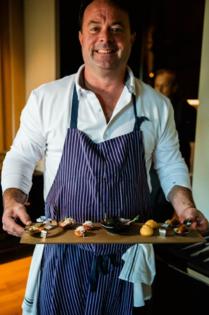
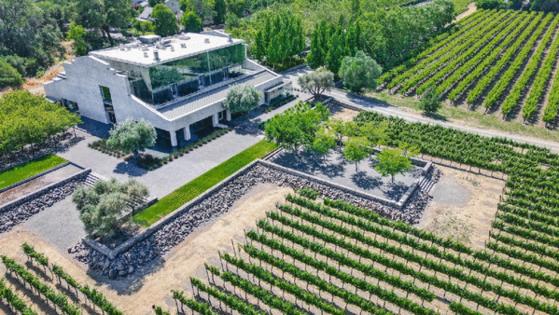
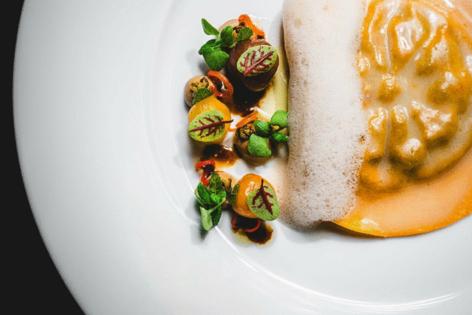








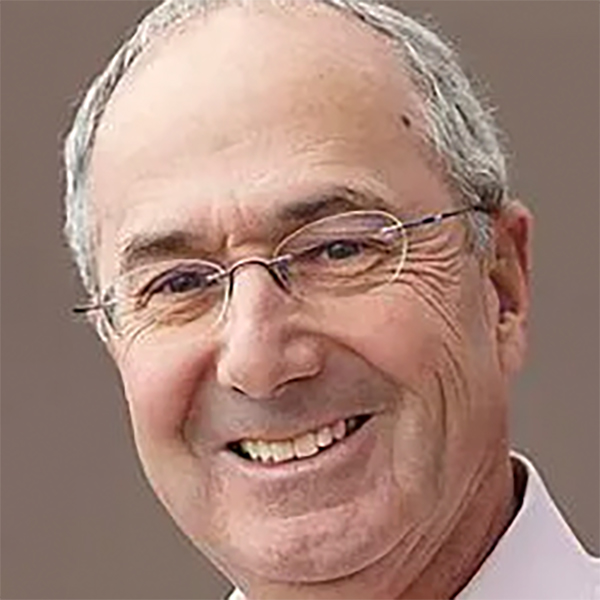

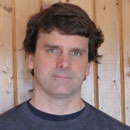





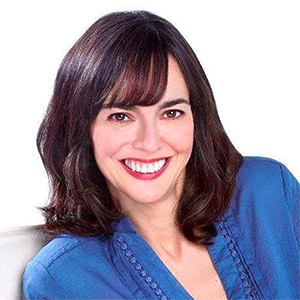


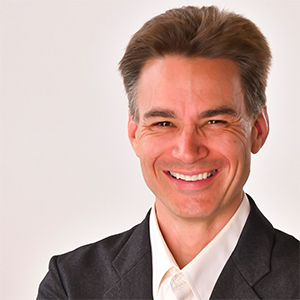
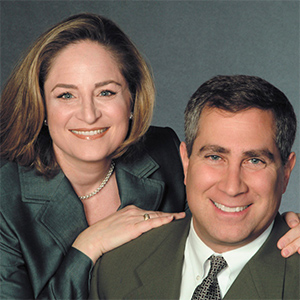



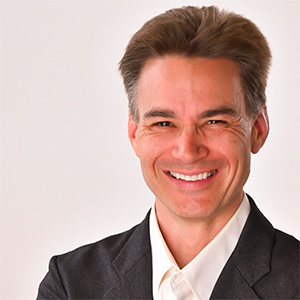






Comments